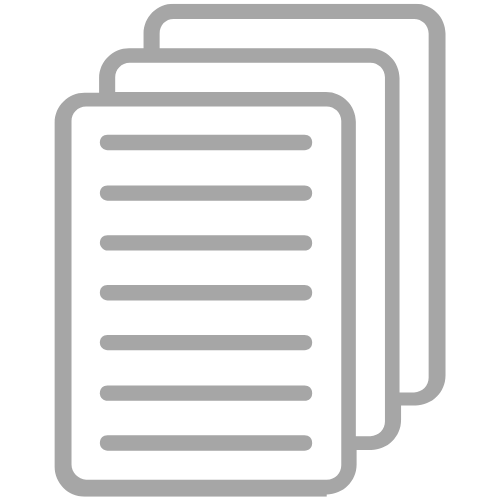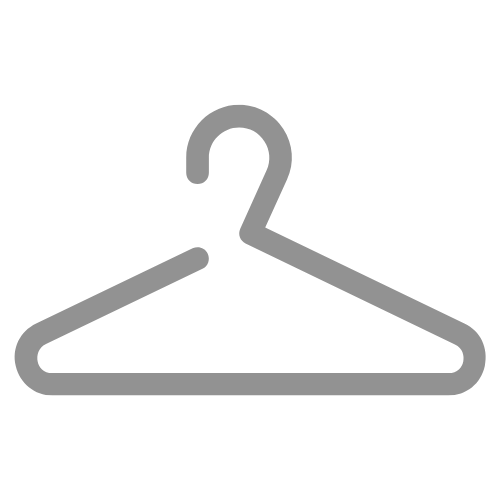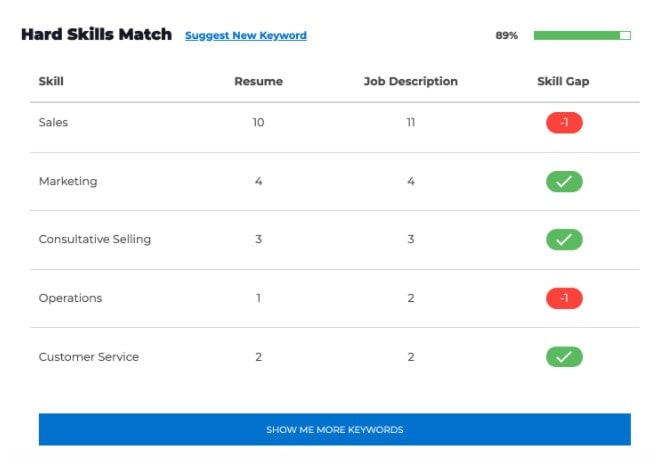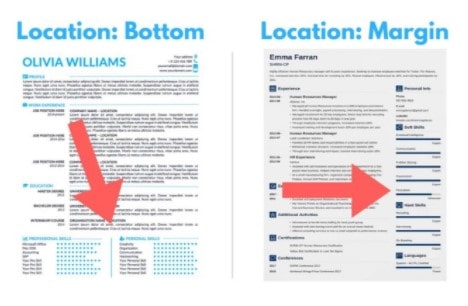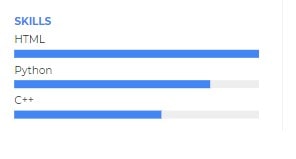In the professional world, your value as an employee — and, consequently, your earning potential — is largely hinged on the skills you possess. That's why cultivating a strong skill set is crucial for a successful career.
There are countless skills you may choose to develop based on your interests and career goals. So many, in fact, that a complete list would be utterly overwhelming.
However, there are two fundamental categories that virtually every professional skill falls under:
- ‘Soft’ skills
- Technical skills (a.k.a. ‘hard’ skills)
Both skill types play a key role in the professional landscape — but today we're going to be focusing specifically on technical skills.
From a career standpoint, it's important to understand what constitutes a technical skill, which technical skills you possess (or would like to learn), and, lastly, how to showcase these skills to potential employers.
So, in this article, we'll be covering:
- What technical skills are
- Why technical skills are important
- Examples of technical skills
- How to showcase technical skills on your resume
Let’s dive in…
What Are Technical Skills?
To understand what counts as a ‘hard’ technical skill, it's helpful to first consider ‘soft’ skills and then contrast the two.
Soft skills are generally related to natural human traits and behavioral patterns. For this reason, many people are inherently born with a certain set of soft skills.
For example, if you're a strong communicator, a good multi-tasker, or you're highly organized, these traits can all be considered soft skills — and you may already possess them naturally with no additional practice/effort!
Technical (hard) skills, on the other hand, cannot be innate as they involve specialized knowledge of a tool, system, or process that must be learned through study.
For example, electricians, computer programmers, and engineers all possess technical skills that allow them to execute complicated work tasks that an uninstructed person would have no idea how to perform.
Why Are Technical Skills Important?
Broadly speaking, without technical skills, the world would be a very different place. In fact, human civilization would probably still look the same as it did thousands of years ago. All the technological advancements, machines, and modern infrastructure that we enjoy today involved the use of technical skills at some point in their creation.
Everything from the car you drive to the phone in your pocket to the house you live in — all of these things are the result of human brainpower combined with the technical skills we’ve been developing collectively over the last millennium.
And, in an age when technology is evolving exponentially fast and has become an essential component in nearly every business, it’s easy to see why technical skills are highly sought after in today’s job market.
Examples Of Technical Skills
To get a better sense of what constitutes a technical skill, here’s a list of 20 common technical skills (spanning various industries) in the modern career landscape:
- Skilled trades (electrician, plumber, welder, etc.)
- Industrial machine operation
- Computer/software programming
- IT/network security
- Database management
- Project management (e.g. Agile, Scrum)
- Data science/statistics
- Data analytics
- Web analytics
- Photo/video editing
- Graphic design
- Technical writing
- Search engine optimization (SEO)
- Social media advertising
- Microsoft Office suite (e.g. Excel)
- ERP software
- CRM software
- HR software
- Medical billing software
- Medical device operation (e.g. X-ray)
Now that we've explored what technical skills are and why they're important, let's talk about how to showcase these valuable skills to prospective employers.
How To Include Technical Skills On Your Resume
When crafting your resume, it’s critical to include any technical skills that are relevant to the position. That may sound pretty straightforward, but it can be more nuanced than you might think.
On average, a recruiter only spends 6 seconds scanning over a new resume — so your resume really needs to grab their attention with the exact skills they’re looking for.
To incorporate the right terms, you need to carefully scrutinize the job posting to pick out all the skills required for the position (and how they’re prioritized). Then, list all the hard skills you possess that are aligned with the role.
You can use my free tool, ResyMatch.io, to automatically analyze the job description (along with your resume) to reveal which skills you need to hone in on and emphasize!
ResyMatch will even separate soft skills and hard skills, giving you further clarity on how to arrange the skills section on your resume to mirror what the employer wants to see.
In addition to identifying which skills to emphasize, you’ll also want to consider the design and placement of your skills section within your resume. You should use a format that highlights your skills so they stand out clearly and distinctly.
I recommend adding your skills section to either the bottom or the right-hand margin of your resume (as seen below).
Taking Your Resume’s Skill Section To The Next Level
These days, it’s becoming fairly common to list skills on your resume with a small bar graph that represents your level of proficiency (as pictured below). This format looks great from an aesthetic standpoint, but there’s one problem: those skill ratings are completely subjective!
For example, let’s say you rate yourself as a 9 out of 10 in the bar graph for your HTML skill. That’s an impressive rating — but how’d you come up with that number? To anyone else reading your resume, that number is merely a claim with no evidence to back it up. If you want to validate your skill ratings, you need to prove them…but how?
Nowadays, resumes are typically submitted in digital formats (e.g. PDF files) — and this allows you to go beyond the constraints of traditional paper resumes by including hyperlinks to other materials.
So, returning to the HTML example above, if you can include a link to an impressive project that you’ve done that demonstrates your HTML abilities, then that 9/10 you gave yourself will pack a much stronger punch!
Crafting A Job-Winning Resume
In this article, we’ve covered what technical skills are, why they’re important, and how to include them on your resume in a way that truly shines. But the skills section of your resume is only one piece of the overall ‘resume equation.’ There are many other aspects of your resume to consider, from the experience section all the way down to the contact details.
Not to worry! I have a ton of other resources to help guide you. If you want to put together a stellar resume that will stand out from the crowd and get you one step close to that dream job, check my guide on How to Write a Job-Winning Resume and my Free Resume Builder. And, once you’ve nailed down your first draft, be sure to upload it to my free Resume Bullet Analyzer to enhance it to perfection!








